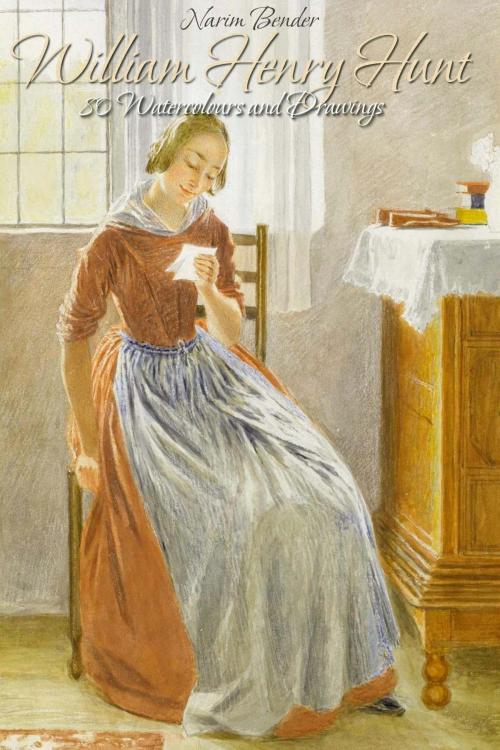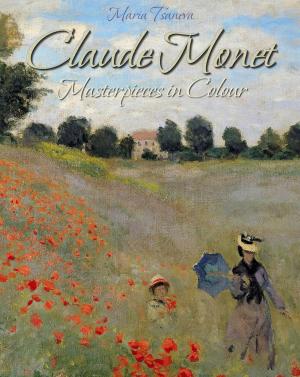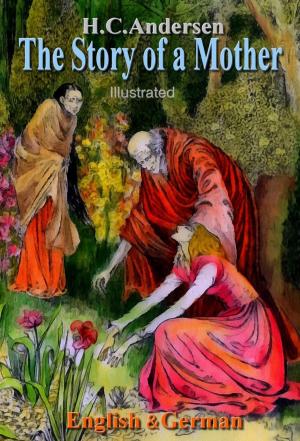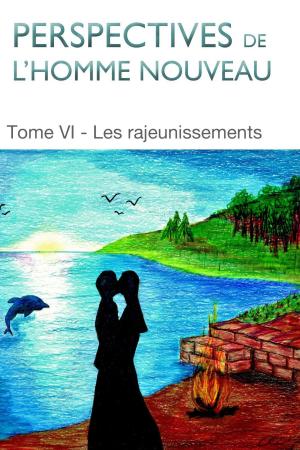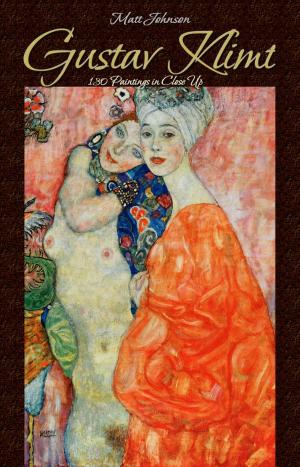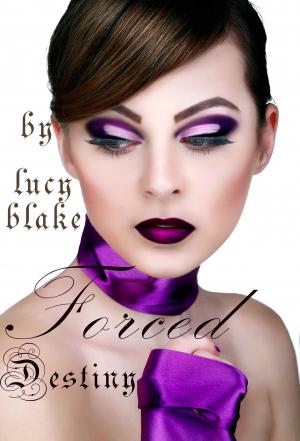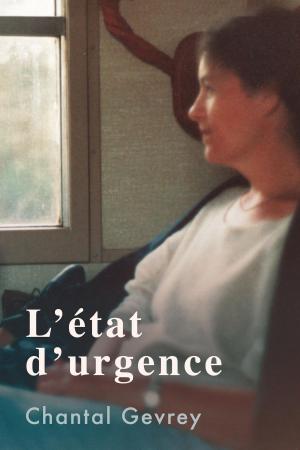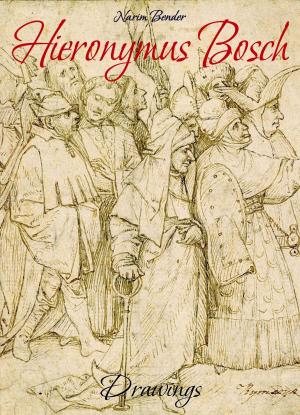William Henry Hunt: 80 Watercolours and Drawings
Nonfiction, Home & Garden, Crafts & Hobbies, Art Technique, Drawing, Art & Architecture, General Art| Author: | Narim Bender | ISBN: | 9782765913061 |
| Publisher: | Osmora Inc. | Publication: | April 14, 2015 |
| Imprint: | Osmora Inc. | Language: | English |
| Author: | Narim Bender |
| ISBN: | 9782765913061 |
| Publisher: | Osmora Inc. |
| Publication: | April 14, 2015 |
| Imprint: | Osmora Inc. |
| Language: | English |
William Henry Hunt (1790 – 1864), was an English watercolour painter and one of the creators of the English school of watercolour painting. His subjects, especially those of his later life, are extremely simple; but, by the delicacy, humour and fine power of their treatment, they rank second to works of the highest art only. Considered technically, his works exhibit all the resources of the watercolour painter's craft, from the purest transparent tinting to the boldest use of gouache, rough paper and scraping for texture. His sense of color is perhaps as true as that of any English artist. He was, says John Ruskin, all in all, the finest ever painter of still life.
He was sometimes referred to as “Birds’ Nest Hunt” or “Hedgerow Hunt”. Although primarily a watercolorist, Hunt’s works influenced many Victorian painters, as well as watercolorists.
Hunt was a resident of Marchmont Street, London. Because of a deformity in his legs which made it difficult for him to walk, Hunt’s parents decided on an artistic career for him, and placed him with John Varley. In 1807, he began to exhibit oils at the Royal Academy; in 1808 he entered the Royal Academy Schools. His early work is mostly landscapes, rustic genre or architectural studies, much influenced by Varley. About 1827, he began to paint fruit and flowers and candlelight scenes. His technique also changed. Using body-colour, Hunt developed an individual method of hatching and stippling over a white ground. These pretty, enamel-like watercolors became enormously popular, were admired by Ruskin and copied by many imitators.
Hunt became connected with the Society of Painters in Water Colours at its beginning, and was elected an associate in 1824 and a full member in 1827. Until the year of his death, he was one of the most prolific contributors to the Society's exhibitions. Many years of Hunt's uneventful but industrious life were spent at Hastings.
William Henry Hunt (1790 – 1864), was an English watercolour painter and one of the creators of the English school of watercolour painting. His subjects, especially those of his later life, are extremely simple; but, by the delicacy, humour and fine power of their treatment, they rank second to works of the highest art only. Considered technically, his works exhibit all the resources of the watercolour painter's craft, from the purest transparent tinting to the boldest use of gouache, rough paper and scraping for texture. His sense of color is perhaps as true as that of any English artist. He was, says John Ruskin, all in all, the finest ever painter of still life.
He was sometimes referred to as “Birds’ Nest Hunt” or “Hedgerow Hunt”. Although primarily a watercolorist, Hunt’s works influenced many Victorian painters, as well as watercolorists.
Hunt was a resident of Marchmont Street, London. Because of a deformity in his legs which made it difficult for him to walk, Hunt’s parents decided on an artistic career for him, and placed him with John Varley. In 1807, he began to exhibit oils at the Royal Academy; in 1808 he entered the Royal Academy Schools. His early work is mostly landscapes, rustic genre or architectural studies, much influenced by Varley. About 1827, he began to paint fruit and flowers and candlelight scenes. His technique also changed. Using body-colour, Hunt developed an individual method of hatching and stippling over a white ground. These pretty, enamel-like watercolors became enormously popular, were admired by Ruskin and copied by many imitators.
Hunt became connected with the Society of Painters in Water Colours at its beginning, and was elected an associate in 1824 and a full member in 1827. Until the year of his death, he was one of the most prolific contributors to the Society's exhibitions. Many years of Hunt's uneventful but industrious life were spent at Hastings.
